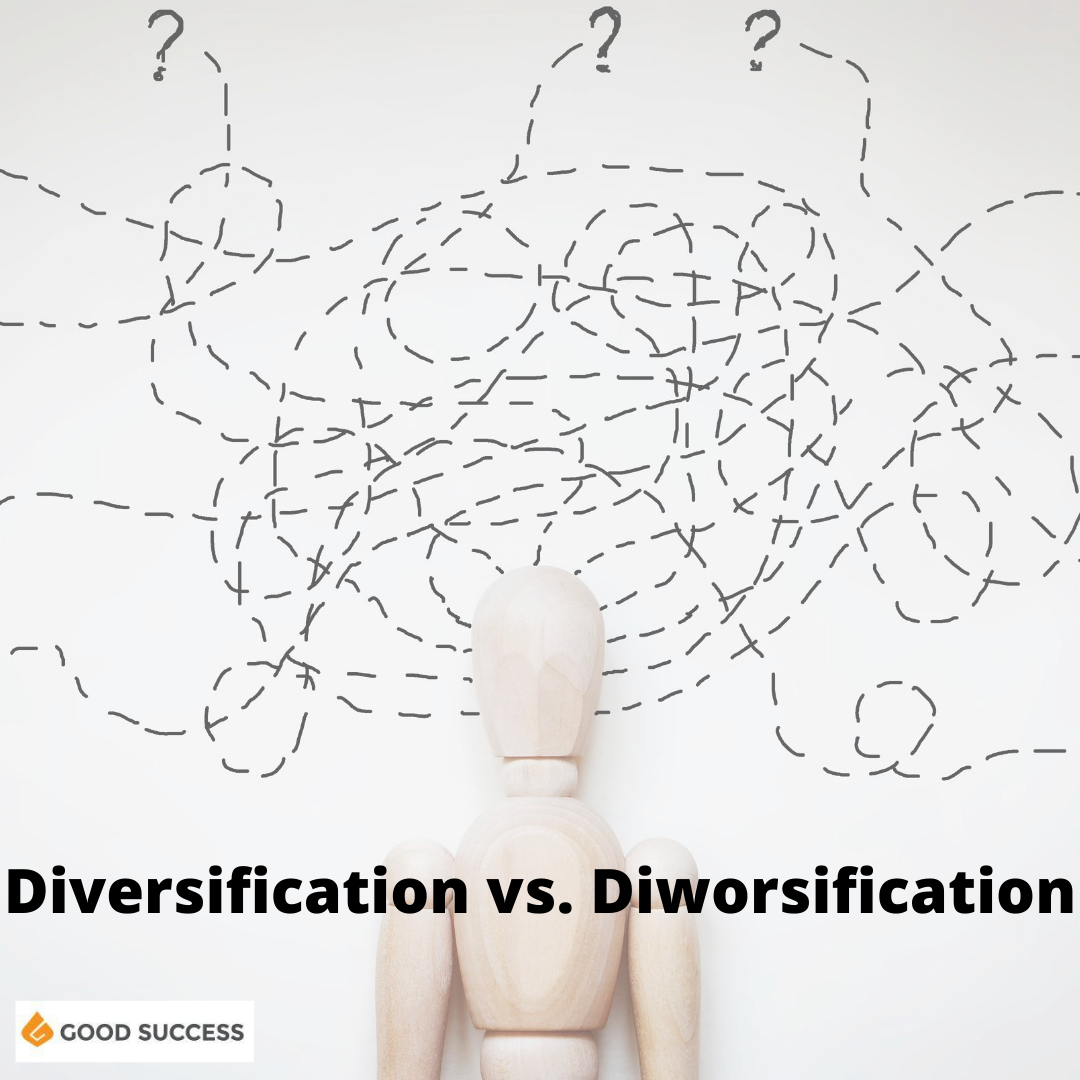When you first read the title of this blog, you might have thought there was a serious typo. After all, “diworsification” is not a familiar word to many people. However, in today’s economy, it should be. Today, we will break down the concepts of diversification (a ubiquitous term in the real estate space) and diworsification (di-worse-ification) to demonstrate just what a threat an incomplete knowledge of either can be to your real estate investment portfolio and your small business.
Diversification is Actually Controversial
Most of us hear the term “diversification” in the context of investing and immediately think of safety and security. Essentially, the idea of diversification is that you spread your investments and assets across multiple sectors, spaces, strategies, or industries so that if one thing does not go well or one aspect of the economy takes a hit, your capital is somewhat insulated from that downturn because other investments will still be doing well. This concept was popularized by early investment firms that helped people invest in the stock market and, by many of those advisors’ own admission, diversification was a way to hedge their own bets so that clients did not get upset over a major market downturn.
As Sir John Templeton, founder of the Templeton Growth Fund and, according to Money Magazine, “arguably the greatest global stock picker of the [20th] century,” diversification is mainly a safety-in-numbers strategies for the investment advisors picking the stocks. Templeton explained, “Statistics showed that when I advised a client to buy one stock to replace another, about one-third of the time the client would have done better to ignore my advice.” He believed the solution was to simply buy more stocks across more industries and sectors in order to avoid this relatively high failure rate when he actually gave strategic advice. By adding to the bulk of the portfolio over time, the client feels as if they are building wealth even if they are just adding capital and not necessarily experiencing significant returns.
In real estate, the concept of diversification is also quite common. As real estate investors build up their portfolios of rental properties or build up their track records for fix-and-flip properties, they begin to think about branching outward. Real estate investors find new markets very alluring. In fact, the siren call of a “hot market” is nearly irresistible to many investors who experience severe “FOMO” when they do not have properties in a market where other investors are boasting about returns. This is when the concept of diversification comes into play for real estate investors, and it often does so to their detriment since most markets are not necessarily ripe for a fast “transplant” of capital and strategy. If you justify your investment with the idea that you are diversifying and therefore you are behaving in a safe, responsible manner with your capital, you are fooling yourself and will likely see underperformance in those “diversified” assets while you learn the new market, in a best-case scenario, and permanently because you did not make a wise purchase, in a worse-case scenario.
It should come as no surprise that in the real estate investing community, the idea of diversification is not always embraced. Everyone knows Warren Buffett, the “Oracle of Omaha”. He is known for his approach to diversification, which is to say, “Keep all your eggs in one basket, but watch that basket very carefully.” This fits well with a real estate investing mindset because Buffett essentially recommends putting capital in a place where you have reasonable expectations of strong returns and then monitoring performance. This is actually much safer than traditional diversification, which is more like throwing mud at a wall to see what sticks.
Diworsification Increases Risk While Decreasing Reward
It may be interesting to readers to know that the man who coined the term diworsification actually managed more than 1,000 positions in his fund toward the end of his time working with Fidelity Investments. Peter Lynch, an American investor, retired in 1990 at age 46, and he believed that diworsification was the process of diversifying for the sake of diversification instead of because of some strategic benefit.
Lynch emphasized the importance of understanding investments before making them. “Know what you own and why you own it,” he wrote in his book, One Up On Wall Street. He added, “The trick is not to learn to trust your gut feelings, but rather to discipline yourself to ignore them.” He also advised investors to place their investments into categories to make it easier to understand them. These things help real estate investors just as they help stock investors by applying some logic to the diversification process and preventing you from diversifying just for the sake of doing so.
You can learn more about how to diversify into a good market for your capital rather than diworsifying into a bad one in our next article in this series, which defines the benchmarks of “trusting your gut” vs. “trusting your research”.



